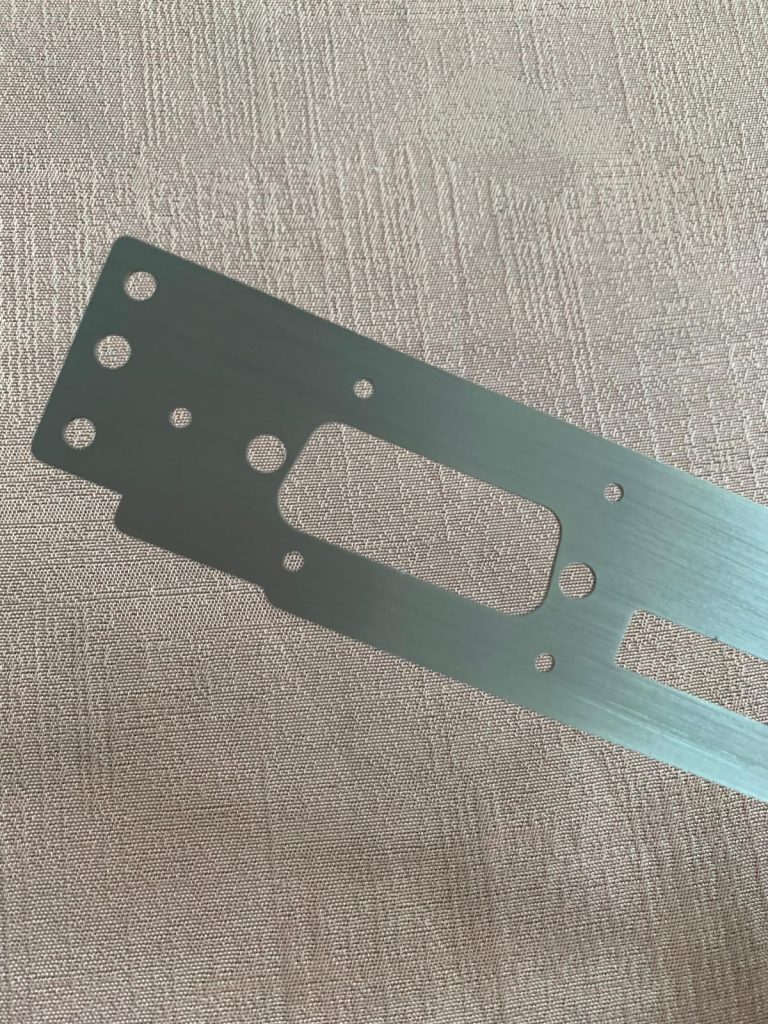🚀 Understanding Turning in Machining: Precision at Its Best! 🔧
Turning is one of the most fundamental and versatile machining processes used to create cylindrical parts. By rotating a workpiece on a lathe and removing material with a cutting tool, manufacturers can achieve high-precision components with excellent surface finishes.
🔹 Key Aspects of Turning:
✔ Workpiece Rotation – The material spins while the cutting tool moves linearly.
✔ Operations – Includes facing, grooving, threading, tapering, and parting.
✔ Materials – Works with metals (aluminum, steel, titanium), plastics, and composites.
✔ CNC Turning – Modern CNC lathes enhance accuracy, repeatability, and efficiency.
🔹 Why Turning Matters:
✅ Cost-Effective – Ideal for high-volume production.
✅ Precision & Tolerance – Achieves tight tolerances (±0.001″ or better).
✅ Surface Finish – Produces smooth finishes with minimal post-processing.
🔹 Common Applications:
🔸 Engine shafts
🔸 Bushings & bearings
🔸 Fasteners & connectors
🔸 Medical & aerospace components
Whether you’re a machinist, engineer, or manufacturing enthusiast, mastering turning techniques is crucial for producing high-quality parts efficiently.
Have you worked with turning before? What challenges or tips would you share? Let’s discuss in the comments! 👇
#Machining #CNC #Turning #Manufacturing #Engineering #precisionmachining

